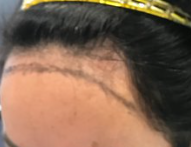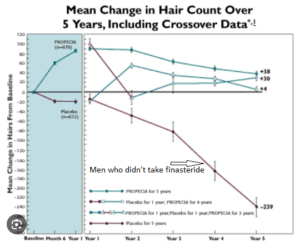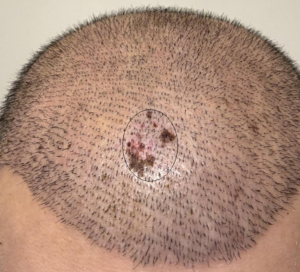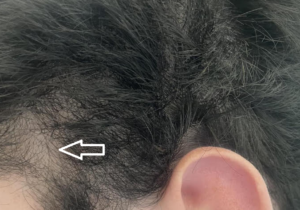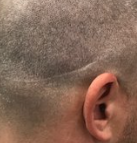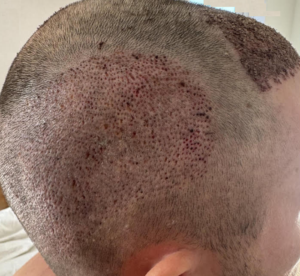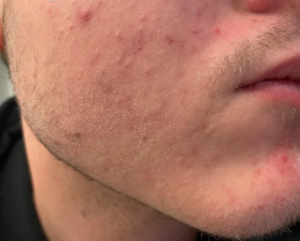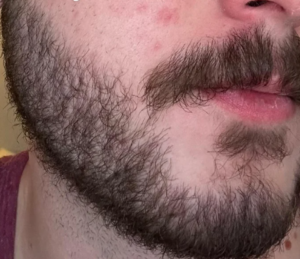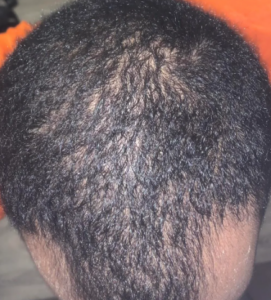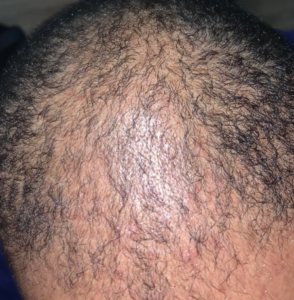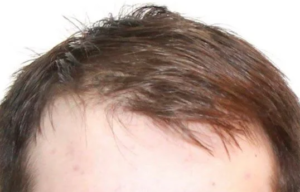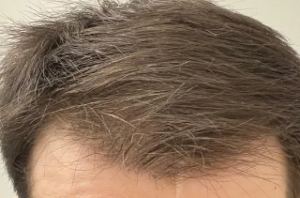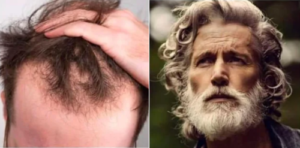What you should know about the hair density of a transplanted hairline. The results of the end product depend upon the following:
-
The appearance of thickness comparable to where they were before they became bald.
-
The color contrast between your hair and scalp color. The closer the match, the better the transplant looks.
-
Many transplants from Turkey appear to push graft numbers high. Where I might put 1500-2000 grafts in the first 2 inches of the hairline, many Turkish clinics (with or without a doctor on staff) have technicians or inexperienced doctors deciding graft numbers. They tend to over-shoot the numbers without being able to mechanically place the grafts close enough to get anywhere near their original hairline density without getting necrosis as a complication of the surgery. Good doctors shoot for appearance and fullness; by doing so, they don’t waste the donor hair supply in the first surgery. In my hands, fewer grafts for comparable balding areas than most of the Turkish clinics produce the same appearance of fullness for the area transplanted.

